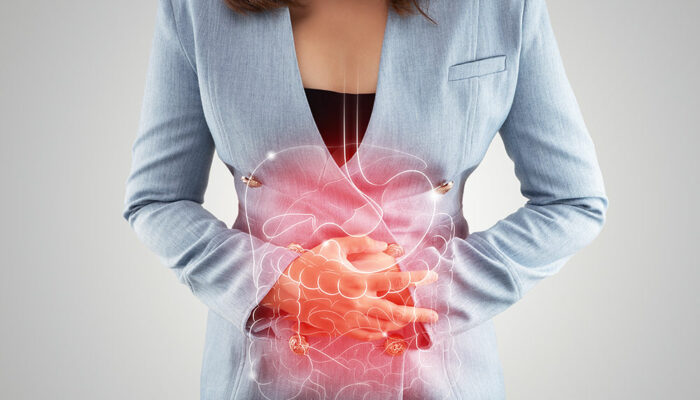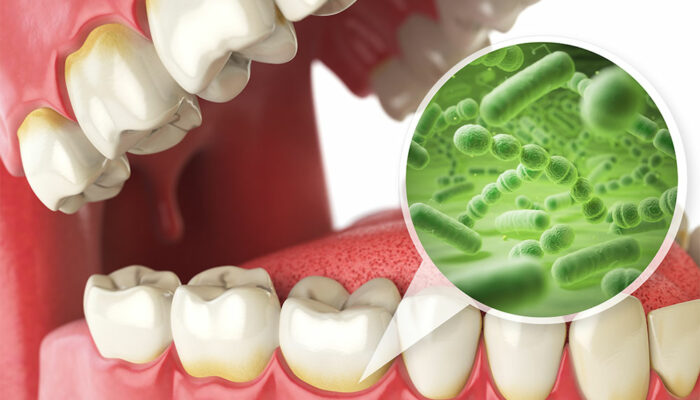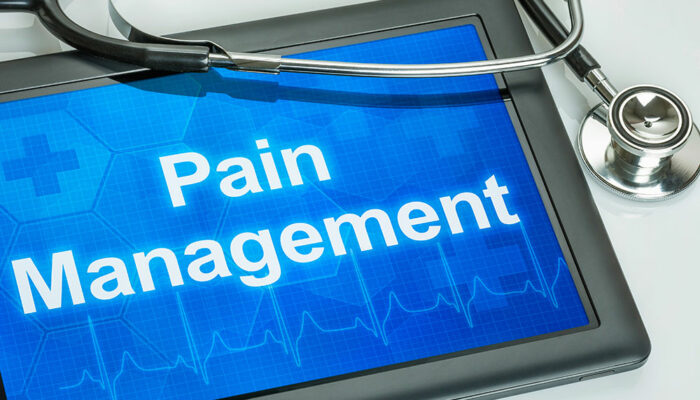
health
How to prepare for old age
Aging is never looked forward to and is always portrayed in diminishing and negative light. All talk about aging is rife with difficulty, pain, and niggles. The biggest change, when it comes to aging, is the physiological changes and deterioration. Everything ranging from your heart to your head and from your bones to your muscles undergoes wear and tear over the years. This is one of the biggest fears associated with aging; and therefore, there is never a healthy discussion over it. However, the best way to react to aging is to prepare for it via information, practice, and adopting healthy life choices and routines. Before you learn how to prepare for aging, you need to know which parts of your body primarily slow down with age. Heart As you age, the muscles in your body stiffen – these include the muscles of the cardiovascular system. Due to this, your heart is forced to pump harder which increases the risk of heart problems. Brain With age, your thinking capability and memory both seem to diminish. You may find yourself tinkering around to remember basic things such as names of people or places or where you kept a certain object such as keys.
Read More 








